Heal & Perform at your Best with the CHEK approach
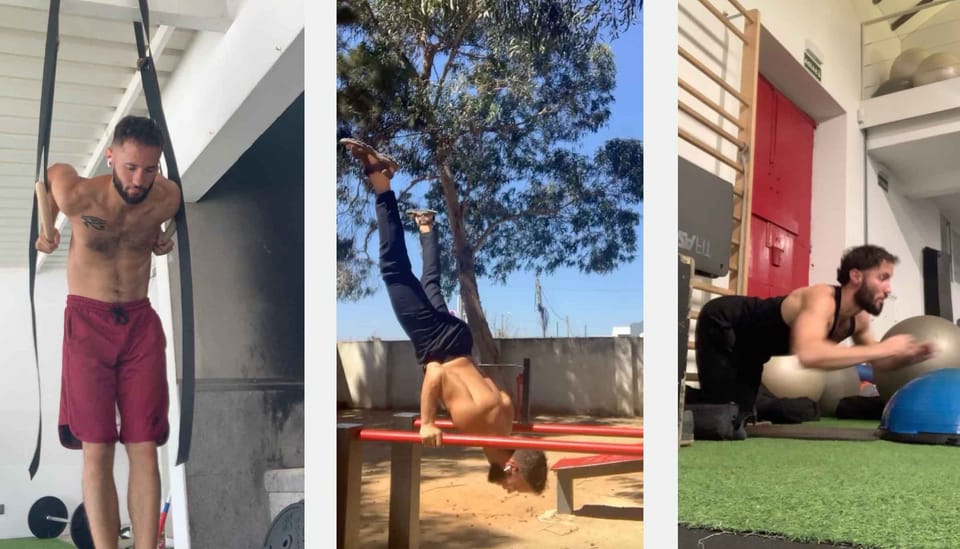
Or more accurately, the nightmare you’re living instead.
Your body can only thrive when your mind and spirit are aligned with something greater—your true vision. If you don’t know your dream life, you’re already living your nightmare. It’s time to turn the tide and start realigning!
Today I want to talk about the Chek approach.
C.H.E.K. stands for Corrective Holistic Exercise Kinesiology.
This system emphasizes a personalized, multidisciplinary methodology designed to identify and address the root causes of dysfunction, rather than merely treating symptoms. Paul Chek, (yes, that’s his real surname) founded the Chek Institute together with Gavin Jennings.
The Chek institute is where students learn the system and methodologies to asses humans in their journey to healing. The aim is to train "CHEK practitioners" to realign their clients from a state of dis-ease to wholeness; by interviewing, assessing, correcting and empowering said clients.

Paul Chek’s advanced training program stands out because it’s holistic. It looks at the whole person. His system is built on the "Four Doctors" approach:
- Dr. Movement – Physical activity and energy flow
- Dr. Quiet – Rest, recovery, and connection to natural cycles
- Dr. Happiness – Mindset, purpose, and personal values
- Dr. Diet – Nutrition tailored to the individual
These elements work together in an intertwined way.
The CHEK methodology says that true health extends beyond the physical body. Stress, trauma, and imbalance manifest across multiple dimensions— They require a comprehensive strategy for sustainable healing.
Practitioners trained in the CHEK system assess and guide clients through four key areas:
- Physical Health: The impact of nutrition, movement, and lifestyle habits on overall vitality.
- Emotional Patterns: The role of unresolved emotions in chronic pain, tension, and stress.
- Mental Conditioning: Identifying and reprogramming limiting beliefs that hinder progress.
- Spiritual Alignment: Understanding deeper purpose, values, and life balance.
This approach ensures that individuals achieve lasting transformation, rather than temporary relief. They are inseperable from each other. We talked about this in my article “The Healing Journey has Intertwined Layers ”. Neglect one, and health suffers. Chek’s training teaches practitioners how to assess clients holistically. Here, there is no space for generic plans, only individualized strategies. There are Levels; starting with self-application, then coaching, and finally, working with complex cases.
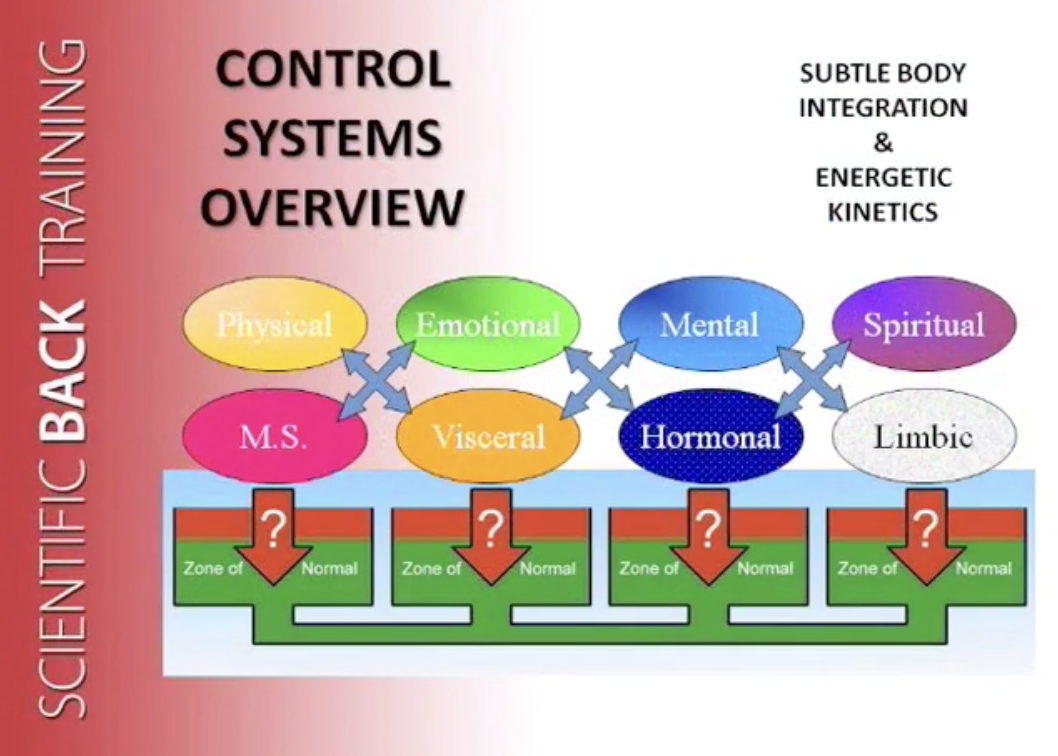
It’s a fully integrated, personalized system that gets results.
Assessment and Individualized Program Design

A core component of the CHEK method is comprehensive assessment. The Chek approach handles not just physical fitness but the entire body-mind system. CHEK practitioners don’t rely on one-size-fits-all programs. Instead, the system uses detailed screenings to uncover hidden dysfunctions, stress patterns, and underlying imbalances that contribute to pain, injury, or poor performance.
“If you’re not assessing, you’re guessing.”
Structural & Postural Assessment
CHEK practitioners use advanced biomechanical analysis to evaluate:
- Postural imbalances—misalignments in the spine, pelvis, and major joints.
- Muscle dysfunction—overactive or underactive muscles causing compensation patterns.
- Flexibility & mobility deficits—restricted movement in key areas like the hips, shoulders, and thoracic spine.
- Core stability & breathing patterns—determining if the deep stabilizing muscles are firing correctly.
These findings guide the corrective exercise plan, ensuring that clients rebuild movement efficiency, stability, and power from the ground up.
Stress & Nervous System Assessment
Since stress impacts hormones, digestion, recovery, and performance, CHEK practitioners assess:
- Heart Rate Variability (HRV)—to gauge the balance between the sympathetic (fight-or-flight) and parasympathetic (rest-and-digest) nervous systems.
- Breathing mechanics—dysfunctional breathing patterns linked to anxiety, fatigue, and chronic tension.
- Adrenal health & stress response—evaluating signs of burnout, overtraining, or nervous system dysregulation.
- Sleep quality & circadian rhythm—identifying whether poor recovery is hindering progress.
This data helps shape lifestyle adjustments—from breathwork and sleep protocols to stress resilience training—so the body shifts into a state of recovery and repair.
Emotional & Behavioral Pattern Assessment
Emotional stress is often a root cause of physical dysfunction. CHEK practitioners use in-depth client interviews and behavioral screenings to uncover.
- Subconscious holding patterns—trauma or emotions stored in the body, manifesting as tension or chronic pain.
- Unhealthy belief systems—limiting thoughts about health, movement, or self-worth that block progress.
- Lifestyle habits—how nutrition, environment, and relationships affect energy levels and well-being.
Individualized Program Design
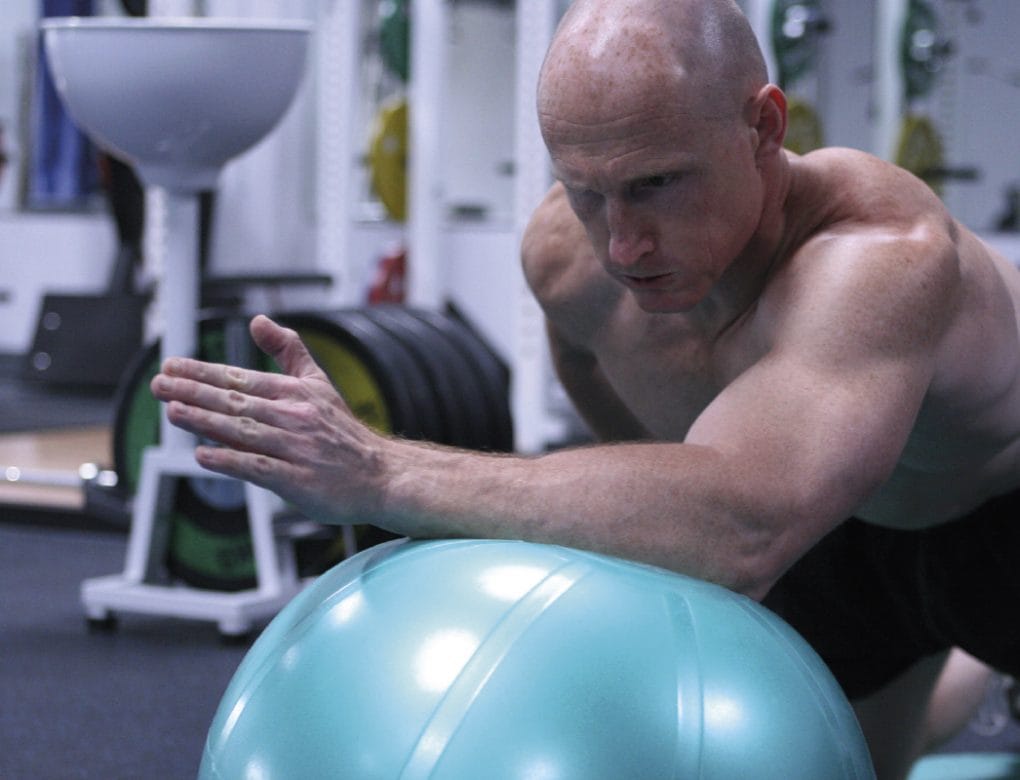
By integrating all these assessments, practitioners design a highly personalized roadmap that evolves over time. Unlike traditional fitness programs that focus on short-term progress, the CHEK method builds sustainable strength, energy, and vitality—for lifelong health and performance.
This may include:
- Corrective exercise for postural realignment.
- Strength & movement training customized to sport or daily function.
- Nutrition & gut health protocols based on individual metabolic needs.
- Mindfulness & nervous system balancing to improve resilience and recovery.
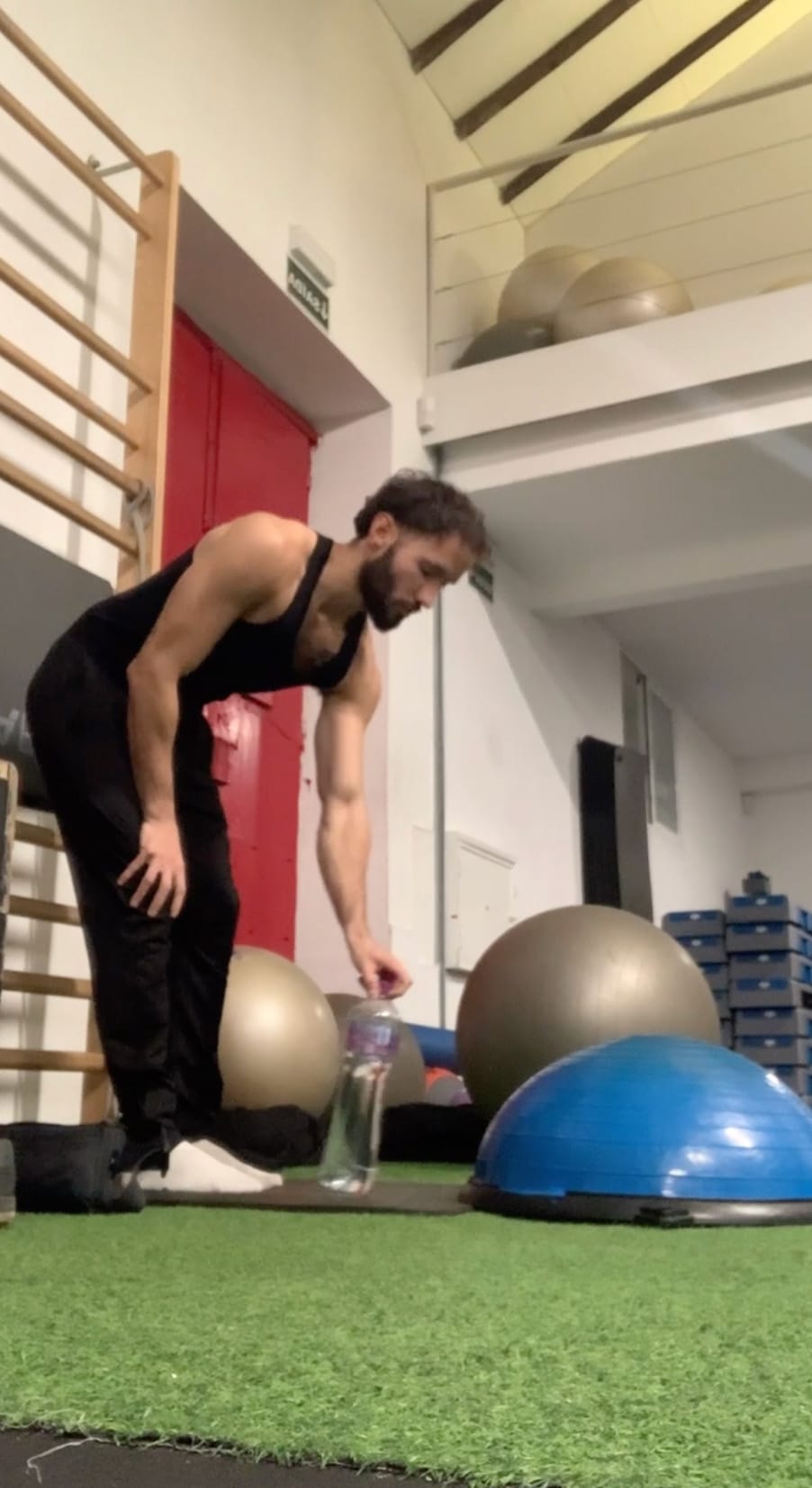

Purpose Mastery & The Dream Life Outcome
At the core of the CHEK methodology is purpose mastery—aligning health with the vision of your dream life. Without a clear purpose, the body, mind, and emotions fall into chaos.
“My life experience has shown me that not only does love love to create, love loves to create beauty, novelty. Just as a child loves to go explore new places and have new experiences, and expresses it’s joy when so doing, when we are in-flow with our life purpose, there is a natural, child-like joy that emerges within us.
Just as a child that loves to ride bikes and jump things may fall and sprain an ankle or cut itself, but typically can’t wait to get back on the bike and play some more, one who is in-flow with their life’s purpose doesn’t focus on what they don’t want. They embrace the challenges of fulfilling their life’s purposes out of love, the way a mother embraces the natural pains of childbirth and child rearing; not as arduous, seemingly unending labor, but as a labor of love.
There’s a big difference in the disposition of someone acting in accord with their chosen labor of love and one who’s simply trying to survive the day, or the world, or life!”
— Paul Chek
Health is not just the absence of disease. It’s the energy, strength, and clarity to fully live your purpose. When a person lacks a defined dream, their system operates in a state of uncertainty, stress, and misalignment. They drift. Their body weakens. Their spirit dims.
The Nightmare Principle
If you don’t know what you want, the fastest way to gain clarity is to define what you don’t want—your nightmare scenario. By confronting these realities, clients move from avoidance to intention. Instead of merely escaping pain, they now work toward a clear, empowering dream—one that fuels motivation, discipline, and resilience.
CHEK practitioners use this as a reverse-engineering process.
- What does your worst-case life look like?
- What habits, people, and environments drain your energy?
- Where do you feel trapped, disconnected, or stuck?
The Health-Purpose Connection
Ignoring this step disrupts health on every level.
“We’ve all watched as many people in our lives seem to ceaselessly flounder around, wondering if they will ever get it together. This is the nature of someone that has not found their life’s purpose – they flounder in actualizing themselves because they have not discovered their dream.
[…]
Because of the nature of social conditioning, such people tend to re-experience the same challenges over and over again. This can, and often does lead to anxiety, and eventually to depression.
To loved ones and on-lookers, this can appear sad, but in actual fact, pain is a tool of redirection. Sadly, many such people, without realizing it, become very good at creating pain – what they don’t want – because they lack awareness of how to find and create what they do want. This is what psychologist Jerry Wesch meant when he said,
“When you have a big enough dream, you don’t need a crisis!”
—Paul Chek
This is why CHEK practitioners start with the dream first. It’s not just about fixing posture, eating right, or managing stress. Those are tools—but the real goal is transformation.
More Articles from me on the topic of your purpose,
your dream and what these have to do with your happiness:

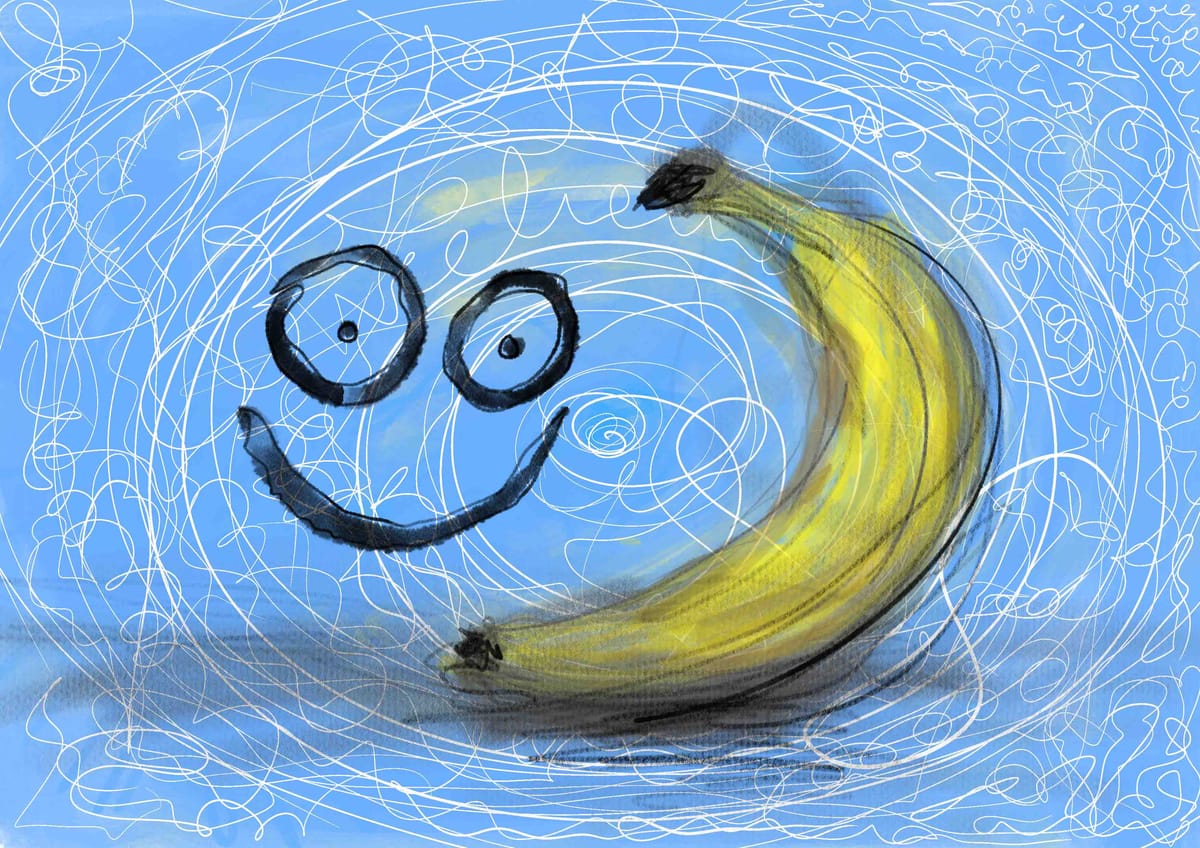
Readiness and Commitment to the Process
All this… requires an active commitment from clients.
CHEK practitioners are trained to believe in their worth. Trying to establish relationships with potential clients whom have no intrinsic motivation to heal to begin with, is not promoted.
Many individuals unknowingly resist healing by holding onto physical symptoms as a way to avoid deeper emotional or mental challenges. The assessment phase helps determine whether a client is prepared to engage in the process fully.
This level of commitment is reflected in the practitioner-client relationship. If a practitioner determines that a client is not ready, they may refer them to a more suitable professional or suggest a collaborative approach with other specialists.
CHEK practitioners are experts in being generalists.
CHEK practitioners see healing as science, as well as art.
CHEK practitioners direct healing journeys with data & sense.
Aligning Your Health With Your Purpose
As I step into my first year at the CHEK Academy, I’m realizing that this journey is about much more than just learning techniques and being a "fitness coach".
Discovering how deeply interconnected our physical, emotional, mental, and spiritual health truly are is fascinating. The CHEK Institute’s approach is not focused on quick fixes and that's what I love. At the core lies the motive to building a sustainable foundation for long-term well-being and peak performance.
Through this process, I’m not only learning to realign my own health with my purpose but also how I can help others do the same. If you’re ready to move beyond temporary solutions and align your life with a deeper sense of purpose, I’d love to work with you on that journey.
Let’s create a plan that nurtures your full potential—mind, body, and spirit.
Get in touch with me!
kiss kiss,
Tarkan
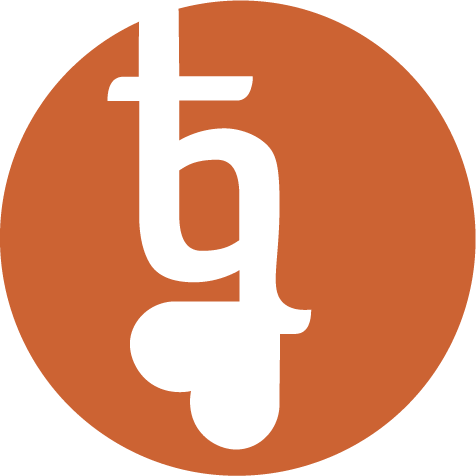


Member discussion